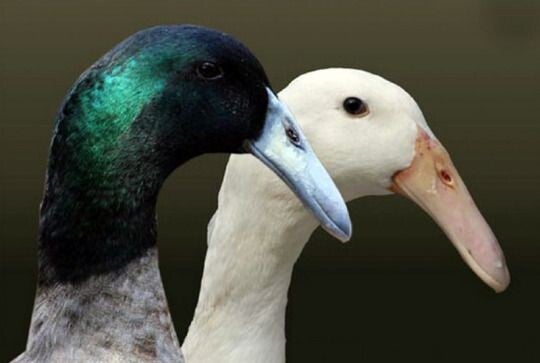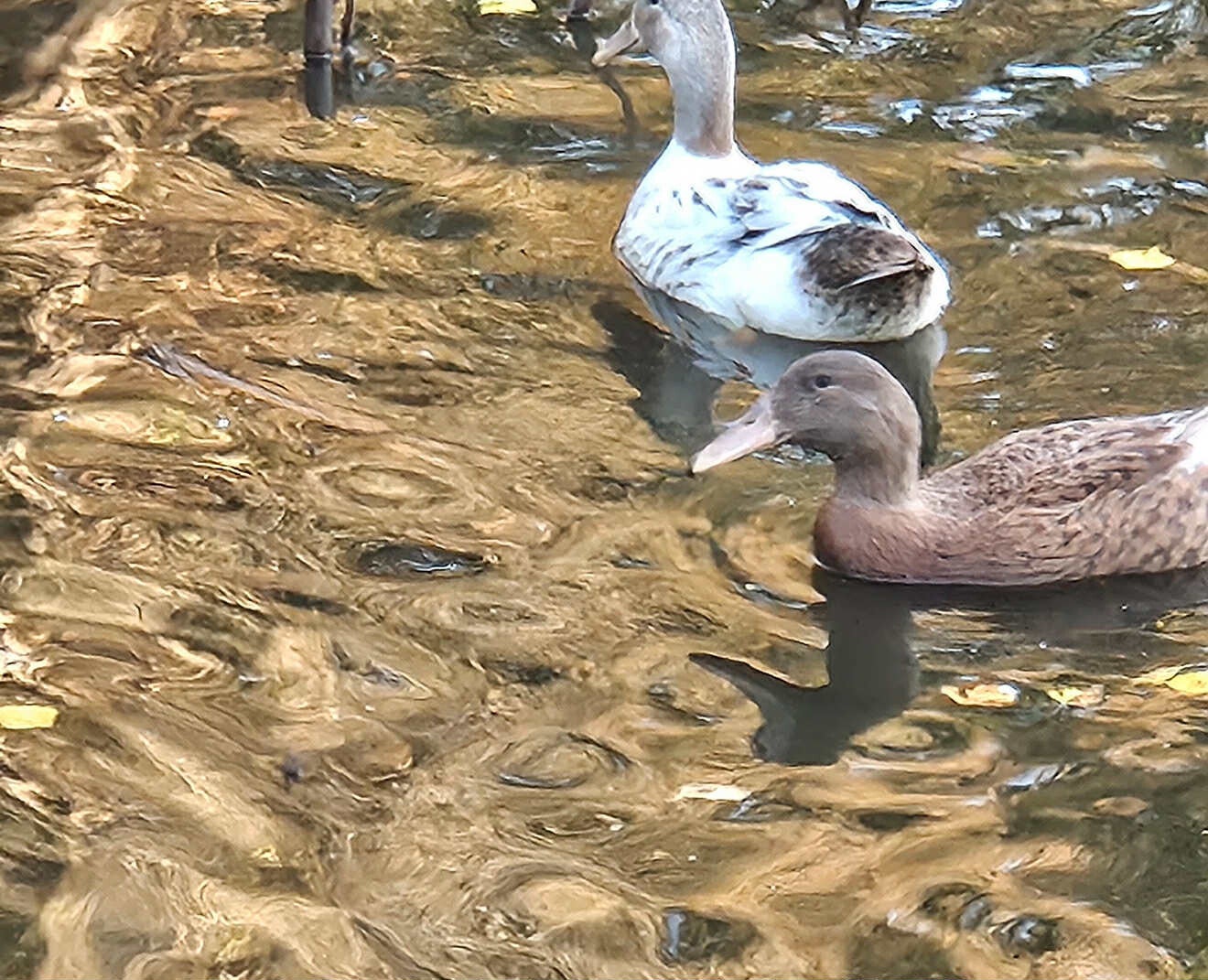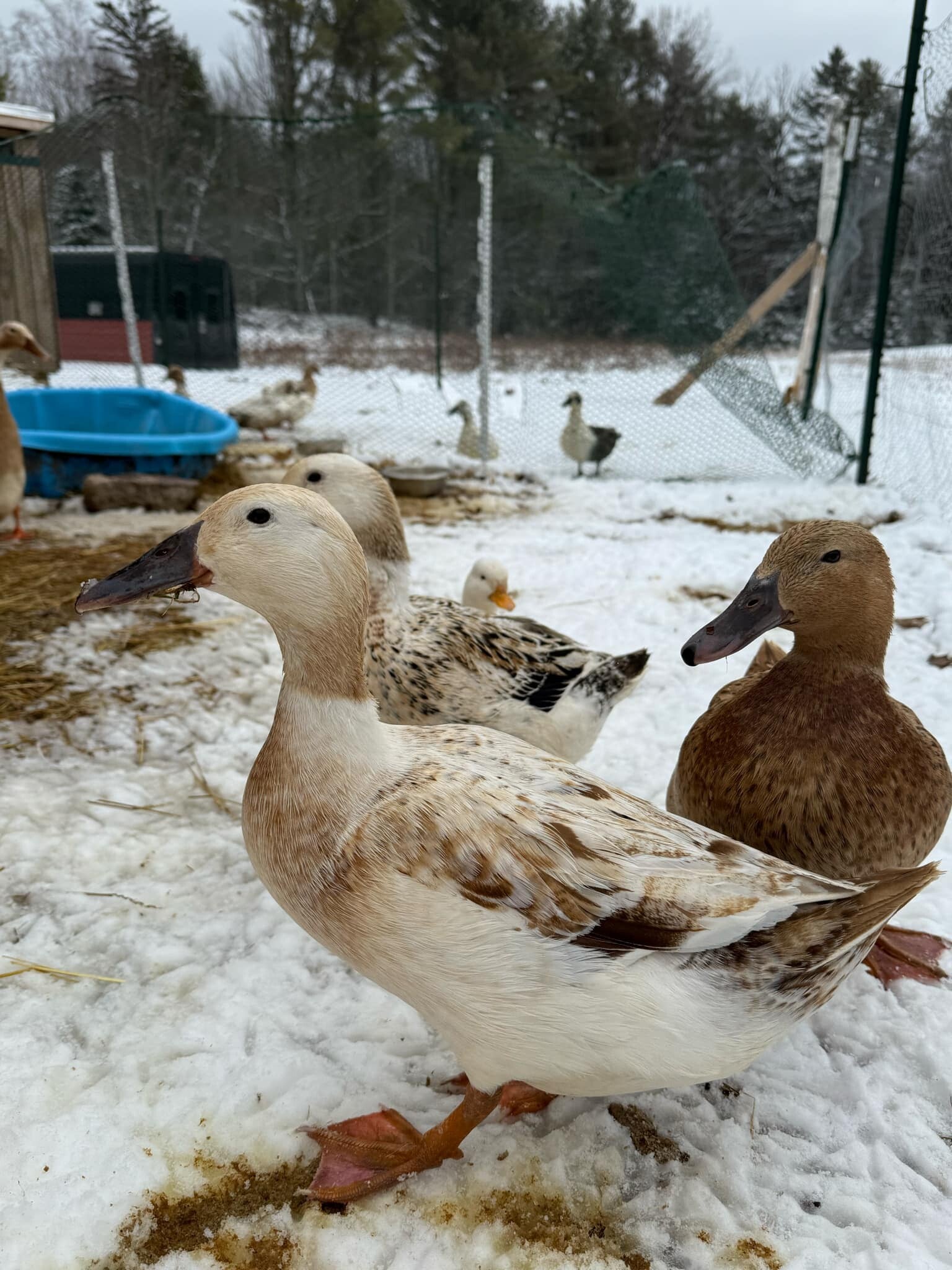Discover the charm of dutch hookbill ducks
Welcome to our page dedicated to Dutch Hookbill Ducks at Quarryside Farm! Learn about these unique and delightful ducks, their care, and why they might be the perfect addition to your farm or backyard.

ORIGIN & HISTORY
-
Country of Origin: The Netherlands, specifically the provinces of North Holland and Utrecht.
-
History: First documented in the 17th century, though it may be older.
-
It’s featured in Dutch paintings from the 1600s.
-
-
Use: Primarily kept for egg production and garden foraging, not meat.
-
Historically prized by Dutch farmers for:
-
Their foraging skill (they were used in orchard pest control)
-
Their bill shape, which made them easier to distinguish from wild ducks
-

C
DISTINCTIVE FEATURES
🔽 Curved Bill
-
The most defining trait — a prominent downward-curved beak, unlike any other domestic duck breed.
-
Bill shape ranges from a gentle to a very steep curve.
-
🧊 Size
-
Lightweight breed
-
Drakes: ~5.5–6 lbs
-
Hens: ~4–5 lbs
-
🧠 TEMPERAMENT
-
Calm & Friendly: Not aggressive, typically mild-mannered
-
Good with humans if handled from a young age
-
Excellent Foragers: One of the best duck breeds for free-range environments — they love slugs, snails, and garden pests
🥚 EGG PRODUCTION
-
Very productive for a heritage breed
-
Up to 100–225 eggs/year
-
Egg color: White to bluish-green
-
Size: Medium to large
-
-
Hens often continue to lay through colder months, depending on conditions.
🌍 CONSERVATION STATUS
-
Critically endangered worldwide
-
Listed by the Livestock Conservancy (U.S.) as Critical
-
Supported by RARE breeds organizations in the Netherlands, U.K., and Germany
-
-
Breeding programs exist in small pockets across Europe and North America

Our duck's environment at Quarryside farm
Our ducks enjoy a spacious and enriching environment. They have access to a clean pond for swimming and foraging, as well as a secure coop for protection from predators. We prioritize their well-being by providing a natural diet, plenty of space to roam, and a stress-free atmosphere. This ensures they thrive and exhibit their best characteristics.